Irène Curie was born in Paris on September 12, 1897. She was the first daughter of Marie Curie and Pierre Curie, scientists who weren’t well known yet at the time of Irène’s birth. Things have changed quickly in a few years. Wilhelm Roentgen has just recently discovered the X-rays in 1895, but it was not yet understood what caused their existence. After Henri Becquerel discovered that uranium salts emitted rays similar to X-rays, Marie Curie decided to investigate the phenomenon.
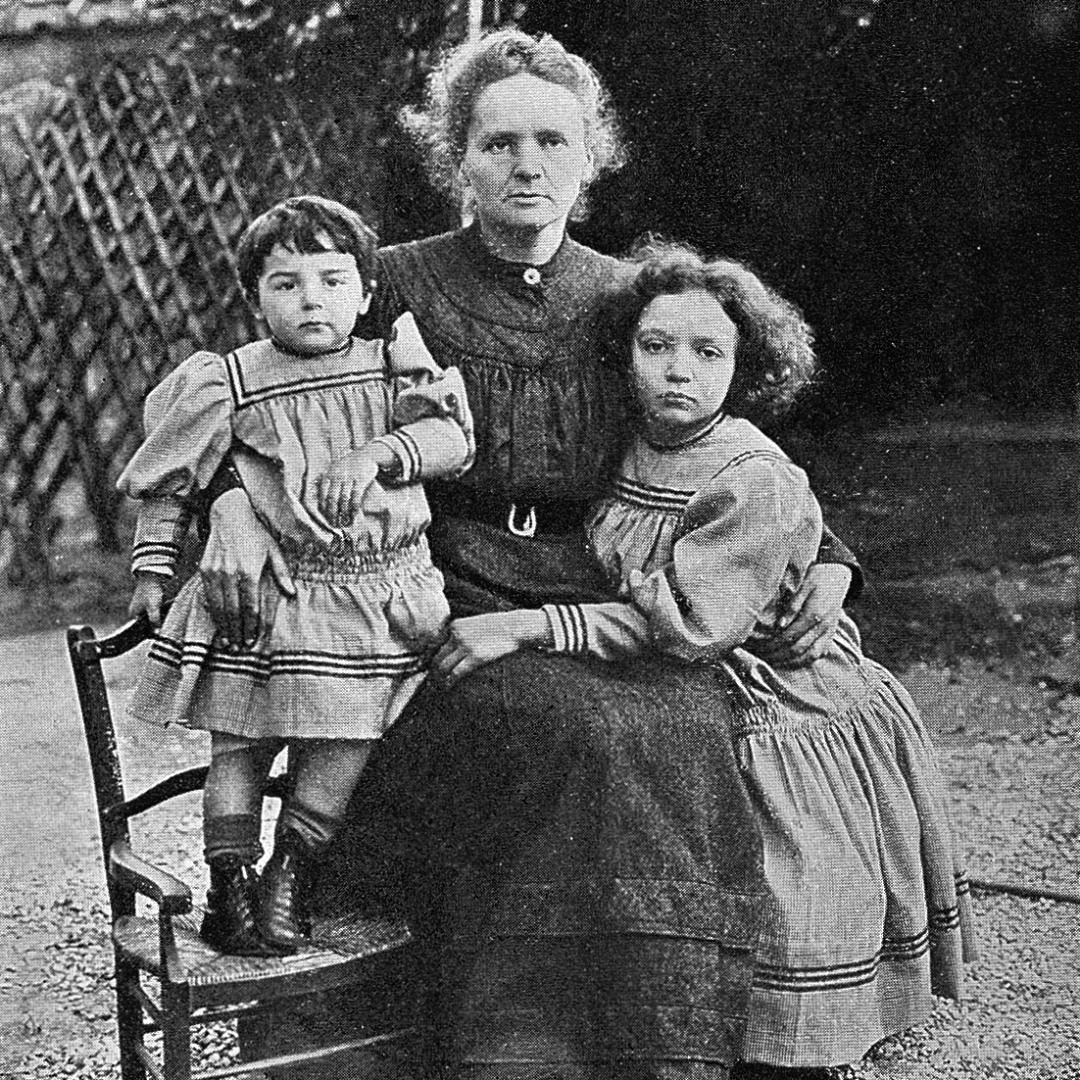
Marie Curie discovers radiation
Marie and Pierre Curie were both physicists. Pierre’s field of study was mostly focused on crystals. His discoveries in this field were also groundbreaking, and important in the field. But when he noticed his wife’s initial discoveries in her radiation studies, he dropped his crystal work in 1898, and joined her.
Their work wasn’t initially considered very important, so their workplace (Industrial Physics and Chemistry Higher Educational Institution also known as ESPCI Paris) did not give a dedicated laboratory to the Curies. The best they could do was an unventillated shed, formerly used as a dissecting room for a medical school. ESPCI also wouldn’t give them research funds, so they had to use subsidies and sponsorships from mining and metallurgical industry companies.
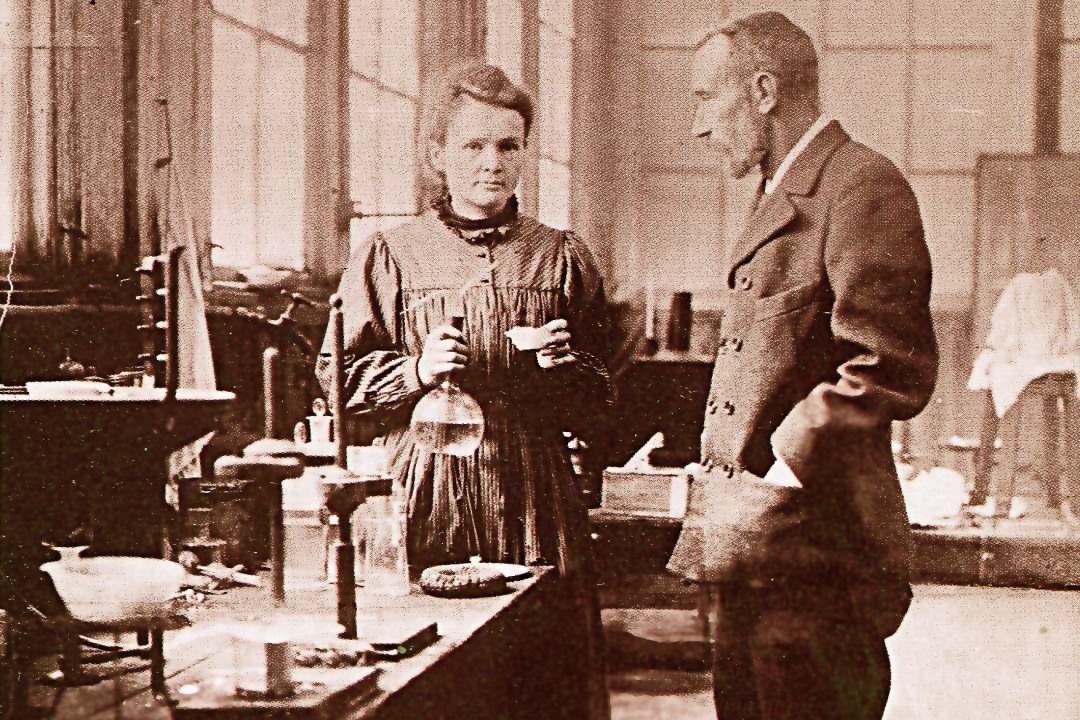
As their research progressed, they coined the term radioactivity. Initially they worked with no protection whatsoever. Negative health effects of radiation exposure were unknown at the time. In July and December 1898 the Curies joinly published papers announcing their discovery of new elements: polonium and radium. They went on to publish 32 scientific papers between 1898 and 1902. One of the papers concentrated on health effects of radioactivity: Marie Curie discovered that radium killed diseased cells (tumour-forming cells) faster than healthy cells. Pierre Curie, Marie Curie, and Henri Becquerel received the Nobel Prize in Physics in 1903 for their discovery of radioactivity. Marie Curie went on to receive her own Nobel Prize in Chemistry in 1911, several years after her husband’s tragic death (Pierre Curie died of fractured skull after he was hit by a horse-drawn cart in heavy rain as a pedestrian in 1906).
Marie Curie dies of radiation
By 1902 scientists became aware and warned against deadly effects of radioactivity. At the same time pharmaceutical companies promoted their radium enemas and encouraged to drink healthy Radithor water containing radium 226 and 228 isotopes. It was sold until 1928.
Marie Curie died aged 66 on July 4, 1934. Her cause of death was aplastic anemia, a disease likely caused by radiation exposure. Some sources suggest that her early unprotected work on radioactivity is to blame. This is not unlikely, but later studies point to her volunteer work during the First World War. Helped by 17-year-old Irène, Marie Curie organized mobile X-ray units to diagnose wounded soldiers, locate shrapnels and decide whether shattered limbs should be amputated or treated. Amputation was a go-to solution at the time.
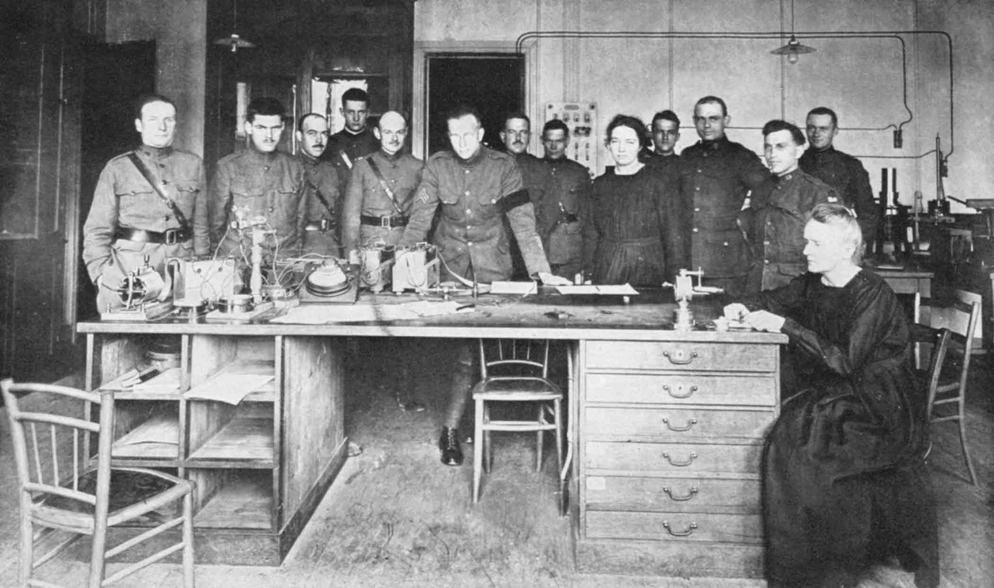
Irène Joliot-Curie, the scientist
After the end of First World War Irène was able to focus on her education. She finally earned her degree in mathematics and physics at the Sorbonne, interrupted by the war. At the age of 21 she became her mother’s laboratory assistant. Presence of women in scientific research positions was not very usual before World War I. But the staggering amount of men killed in the war caused a gender shift.
Irène trained new laboratory employees in handling radioactive materials. One of such new arrivals, was Frédéric Joliot. They got married a few years later, in 1926. In 1928 they started to publish their scientific discoveries together. They almost discovered the neutron (they misinterpreted their results, and the discovery went to Ernest Rutherford), and they almost discovered the positron. They did discover artificial radioactive elements. After they bombarded non-radioactive aluminium with alpha rays, radioactive isotopes of phosphorus were created. This was one of discoveries that earned Irène Joliot-Curie and Frédéric Joliot-Curie (Yes! He changed his surname as well) The Nobel Prize in Chemistry in 1935. They became the second ever married couple (after her parents) to jointly win the Nobel Prize.
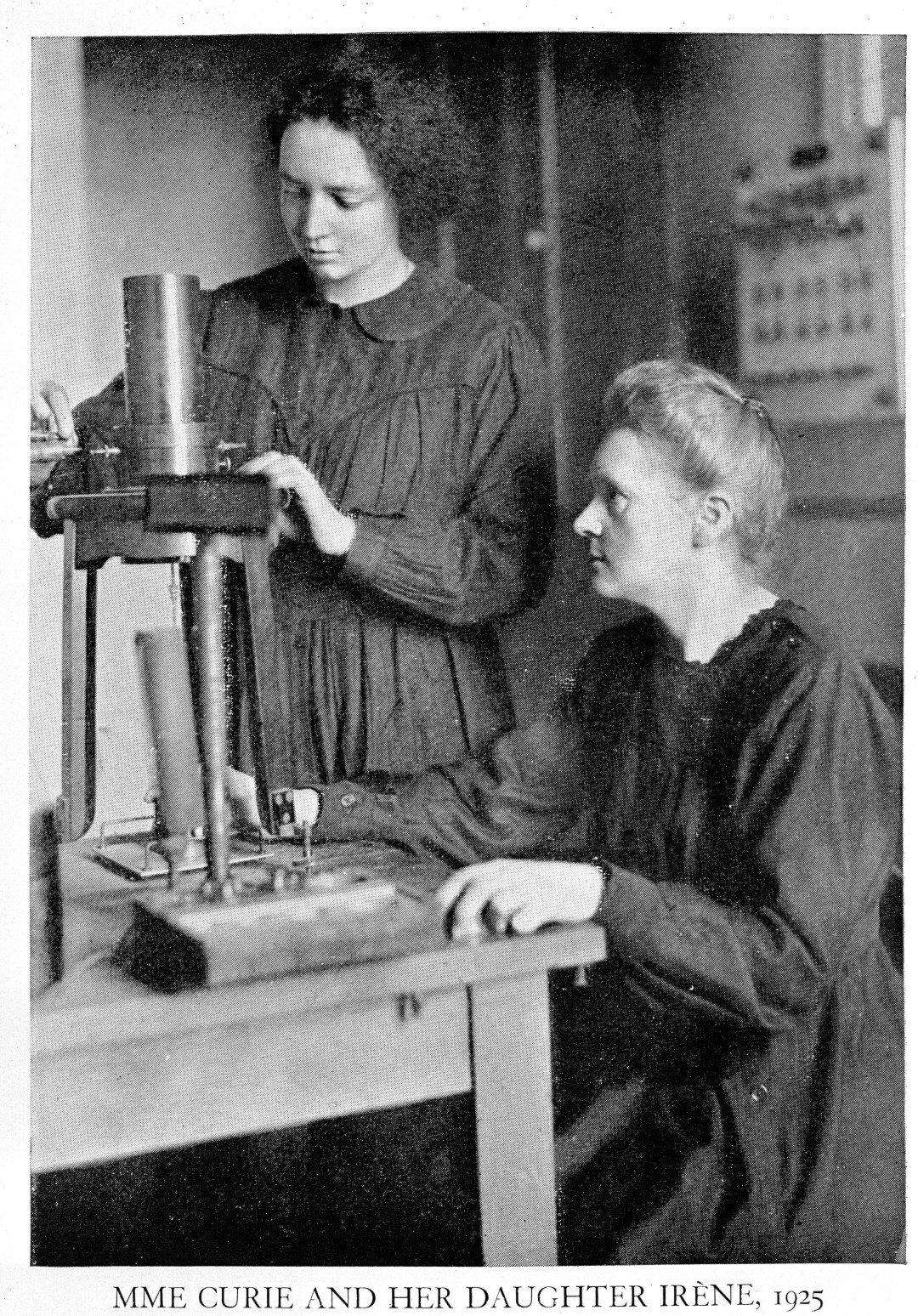
Irène Joliot-Curie cause of death
Irène Joliot-Curie continued her research work on various aspects of radioactivity and nuclear fission. She died prematurely in 1956 in the Curie Hospital in Paris. Her cause of death was leukemia, linked to her continuous exposure to radiation. Although she was exposed to polonium in her work, her illness may have resulted from wartime mobile X-ray unit volunteer work with her mother. Her husband Frédéric died of leukemia two years later.

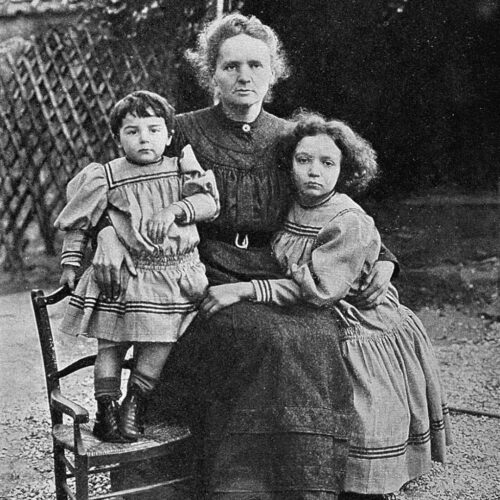

Permalink
Wonderful writing and such a vial part of history reporting!!!
Permalink
Ernest Rutherford did not discover the neutron. That was James Chadwick.